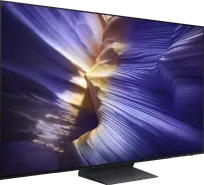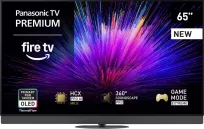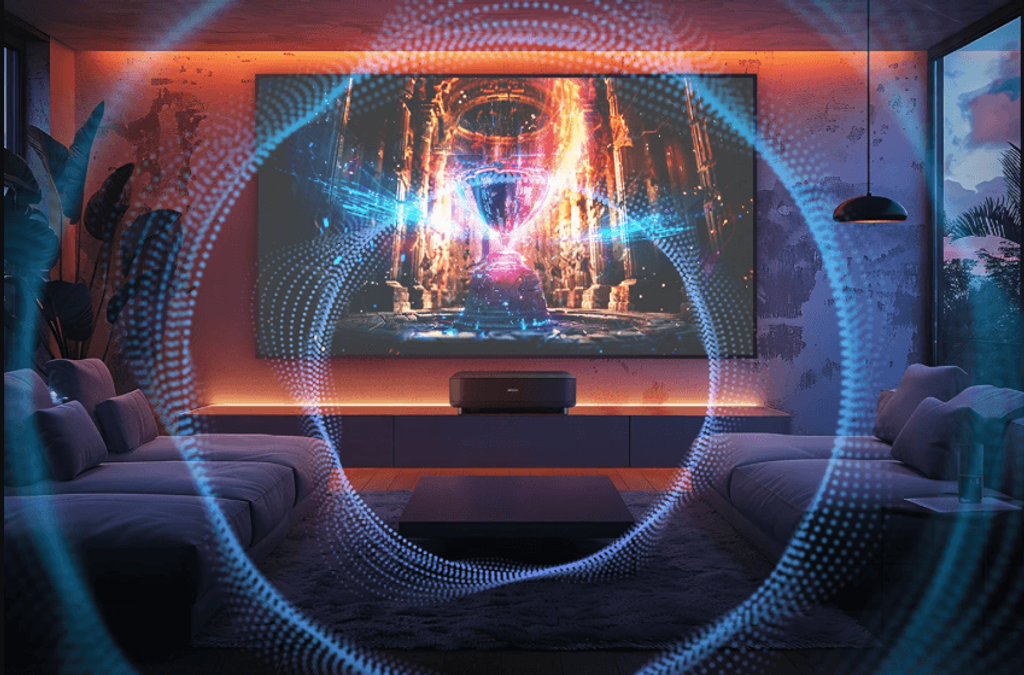
For the past few years, work has been underway on a new generation of Sony consoles, and the latest leaks suggest that this time players can expect two versions of the hardware. The first will be the classic, stationary PlayStation 6 console, which will replace the aging “five.” The second will be a completely new portable device codenamed Canis, designed to deliver the “PlayStation experience” in a mobile format. In recent years, the trend for handhelds has made a strong comeback, and the success of projects like Steam Deck and ROG Ally has shown that players are ready to game on the go. Sony clearly doesn’t want to miss out on this wave of popularity.
Insider reveals details about the price of Canis
The most interesting information comes from the well-known insider KeplerL2, who has been sharing reliable leaks about devices based on AMD chips for years. According to him, Sony's handheld may be significantly cheaper than previously assumed – the price is expected to be around 499 dollars. The key lies in the architecture – Canis is set to utilise a very small and energy-efficient SoC, which means Sony will save on the motherboard, cooling system, and battery itself. Only the choice of a more expensive OLED screen could raise the price, but in the basic version, an amount below 500 dollars seems quite realistic. This is quite a surprise, as earlier forecasts mentioned amounts exceeding 600 dollars.
PlayStation vs Competition
For comparison – ASUS has priced its ROG Ally at 599.99 AUD for the standard version and a whopping 999.99 AUD for the Ally X variant. The device sold out rapidly and disappeared from the Microsoft Store in no time, which only confirmed the growing interest in the handheld segment. Against this backdrop, the price of the Canis being prepared by Sony looks really attractive and could give it an edge in the battle for customers. A mobile PlayStation at that price would be something gamers have been waiting for – and if the insider leaks prove true, Canis has the chance to become one of the hottest next-generation devices.
 Katarzyna Petru
Katarzyna Petru












